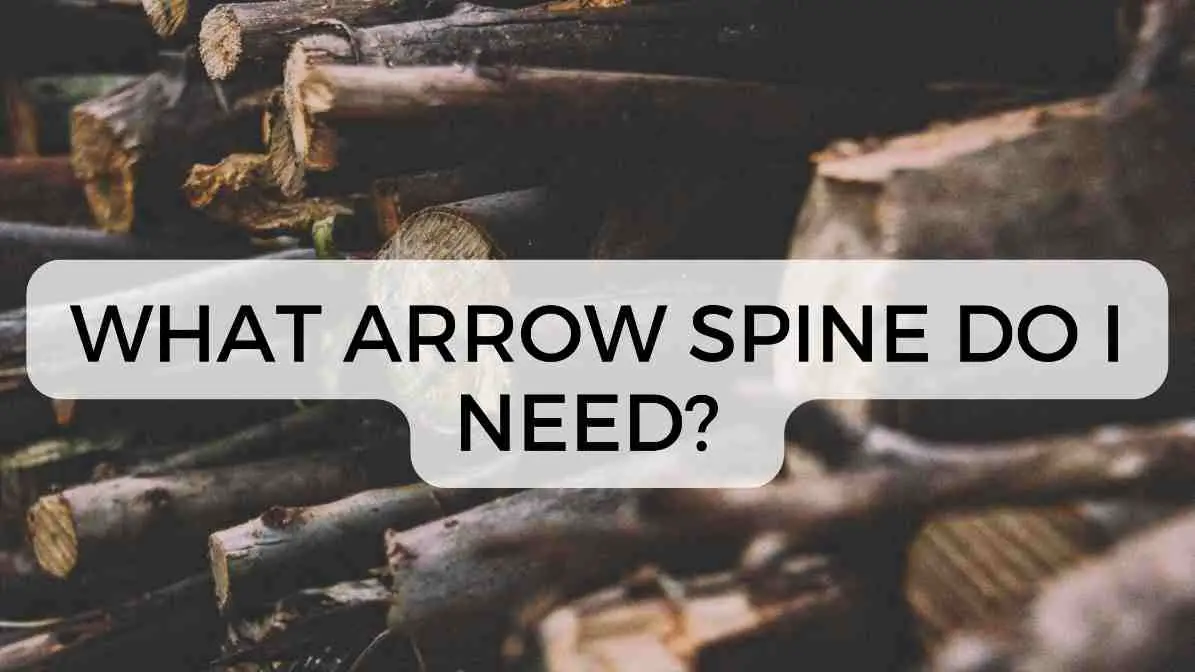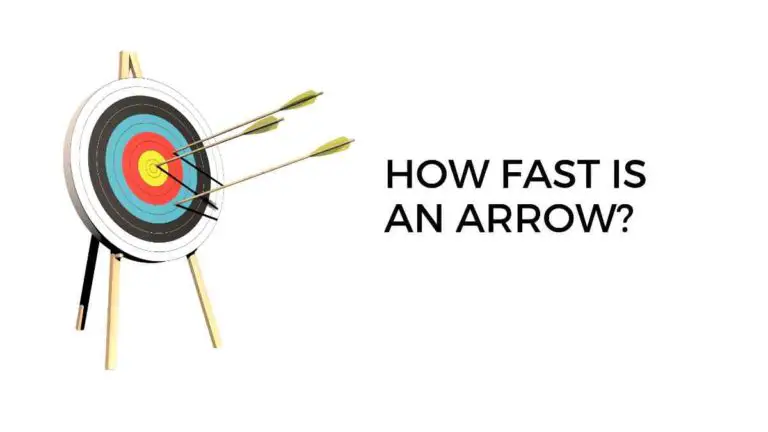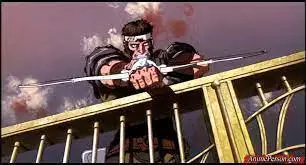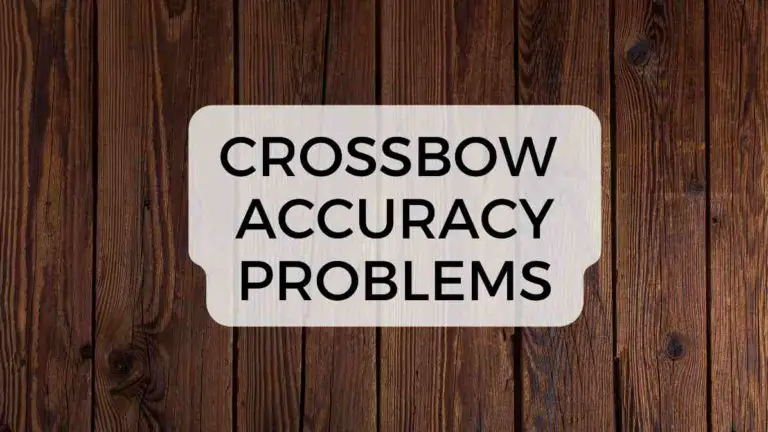What arrow spine do I need? Everything you need to know in 2024
What arrow spine do I need? One of the most remarkable aspects of archery is its procedures. On the one hand, this is science. You are engaged in physics, aerodynamics, and energy transmission. Contrarily, it is an art form in which a person collaborates with machines.
Form, mental state, and decision-making are all components of a successful shot. Archery and bowhunting vocabulary may be complex. Arrow spine is one of those concepts that seems complex on the surface yet is simple to understand.
Here is the definition of arrow spine and how it impacts the trajectory of your shooting arrow.
What’s an arrow spine?
The simplest definition of the arrow spine is the measurement of the arrow’s stiffness. It quantifies the amount an arrow bends or flexes.
The producers of arrows provide a spine chart detailing the stiffness of their arrows. This arrow’s spine is quantified numerically. The higher the number, the more flexible the shaft, whereas the lower the number, the thicker the arrow. The stiffest spine rating is 300, followed by 400, 500, and 600.
Factors to consider for arrow spine
The spine is recommended by the manufacturer for different draw weights, arrow lengths, and point weights. All three elements influence arrow flexing. Arrows need to be more rigid if the draw weight is higher, and longer arrows need to be fired by archers with longer draw lengths.
Why is the Arrow Spine so important?
You may have a great posture, flawless shooting technique, and the most acceptable bow, but if you choose an arrow spine that does not match your bow, your shot will suffer. When people talk about the “spine” of an arrow, they usually mean how much it can bend when the string pulls it forward.
We need to learn more about the archer’s paradox to figure out how the arrow spine affects the arrow and what causes what.
What does the archer’s paradox mean?
The archer’s paradox occurs when an arrow travels in the direction it is aimed at full draw, even though it should have to traverse through its starting location when it was directed away from the target.
The spine of an arrow shaft is its ability to withstand deflection or bending. The phenomenon referred to as the “archer’s paradox” happens when an arrow is discharged from a bow. As the string pulls the shaft forward, it bends in one direction. As the shaft moves downrange, it bends in the opposite direction.
Arrow Materials: The right option
1. Carbon Arrows
These arrows are the most popular on the market and with good reason. Carbon arrows are lighter, quicker, and more penetrating owing to their smaller diameter, and they do not bend like aluminum arrows.
2. Aluminum Arrows
Aluminum arrows are an excellent alternative if speed is not an issue and you want a heavier arrow. In addition to being quieter, aluminum arrows are more versatile in spine options.
3. Aluminum/Carbon Arrows
These arrows blend the most significant characteristics of carbon and aluminum into one. The tiny diameter and thick carbon wall in the center of these arrows ensure constant flight, spine, straightness, and penetration.
How to select The Proper Arrow Spine (What arrow spine do I need?)
It would be equivalent to firing a banana from your bow if you shot an arrow with improper spines. The arrow will bend in mid-flight, resulting in irregularities at range. It is amongst the most crucial components of picking a shooting arrow, if not the most significant.
An arrow’s spine is an indicator of the arrow’s stiffness, and in most circumstances, the arrow’s spine number is lower. Consider the static and dynamic spine when selecting the arrows.
Static Spine
The Static spine is determined by the amount of arrow flex when an 880-gram (1.94 lb) weight is placed in the arrow’s core. The arrow should be 29 inches long and held by two 28-inch-apart points. Arrow spine size or measurement is the number of inches of deflection or bending caused by weight.
If you were to cross-section your arrow shaft, it is feasible that each part would have distinct spines. Therefore, each arrow segment will have distinct features, strengths, and weaknesses. Both material qualities and production procedures contribute to this. Due to the possibility of many spines inside a single shaft, static measures have no place in arrow construction; they should only be used when buying arrows.
Dynamic Spine
An arrow’s dynamic spine is how it responds to the stored energy when the bow is released. This includes arrow design, fletching weight, extra arrow wraps, insert weight, and bow speed.
You may stiffen an arrow’s dynamic spine by shortening it, reducing the bow weight, or adding weight to the rear.
The following are among the most critical considerations:
- Shorter shafts are harder to bend than longer ones.
- The point of an arrow is easier to bend if it is heavier.
- The arrow bends more easily the more energy is needed to propel it.
- To bend an arrow more easily, the brace height has to be reduced so that more energy may be used.
- Arrow Diameter
Another significant factor in determining which arrows to use for shooting is the diameter of the shaft. Should you choose an arrow with a medium diameter or one with an ultra-small diameter?
An arrow with a smaller diameter will experience less drift on a windy day because of its lower surface area. Micro-diameter shafts make it possible to put more weight up front, which results in better flight characteristics and greater long-range precision. Due to the greater wall thickness, they nevertheless allow you to retain kinetic energy.
Arrow Weight
Each arrow’s weight is expressed in Grains Per Inch (GPI). Due to the excellent speed figures that may be attained, lighter arrows are typically more popular. Lighter arrows may strike quicker and more accurately, but these rapid arrows may be difficult to adjust and need precise technique.
Heavy arrows’ kinetic energy and momentum are greater, and it is simpler to make them fly straight. Also, they are quieter. As a result of the greater velocity, a heavier arrow will withstand wind drift.
What makes an arrow effective?
Grouping and forgiveness are the variables used to assess an arrow’s effectiveness. Several variables can control when determining your arrow setup, but these two are the most important.
- To get the best grouping, you need a stiffer arrow, which means that the arrow’s flight path is straighter and typically flies more consistently.
- Obtaining forgiveness is far more difficult. It relies on the positioning of the nodes about the arrow rest, as well as where the arrow’s rest may be positioned concerning the neck of the grip.
- It usually needs a heavier focal point until it can easily cover the distance.
- A slower arrow is much more forgiving but will not group as well at a distance owing to atmospheric circumstances, not simply wind; thus, offset or helical fletching may
What arrow spine do I need–Conclusion
You may have everything perfect, fantastic posture, flawless shooting technique, and the finest bow, but your shot will suffer if you don’t choose the appropriate arrow spine for your bow. Here is the list of 8 Best Arrows for Deer Hunting: 2022
Several factors may affect the straightness of arrows, including the arrow spine, the length, the components, and the positioning of those components. It’s true that matching your arrows might be challenging, but it doesn’t have to be.





